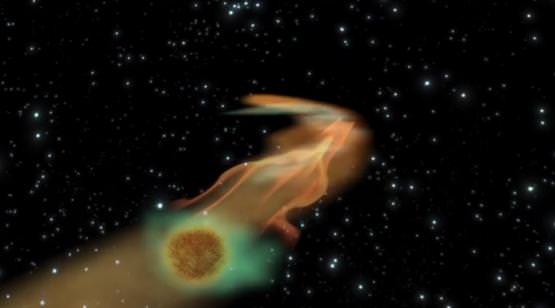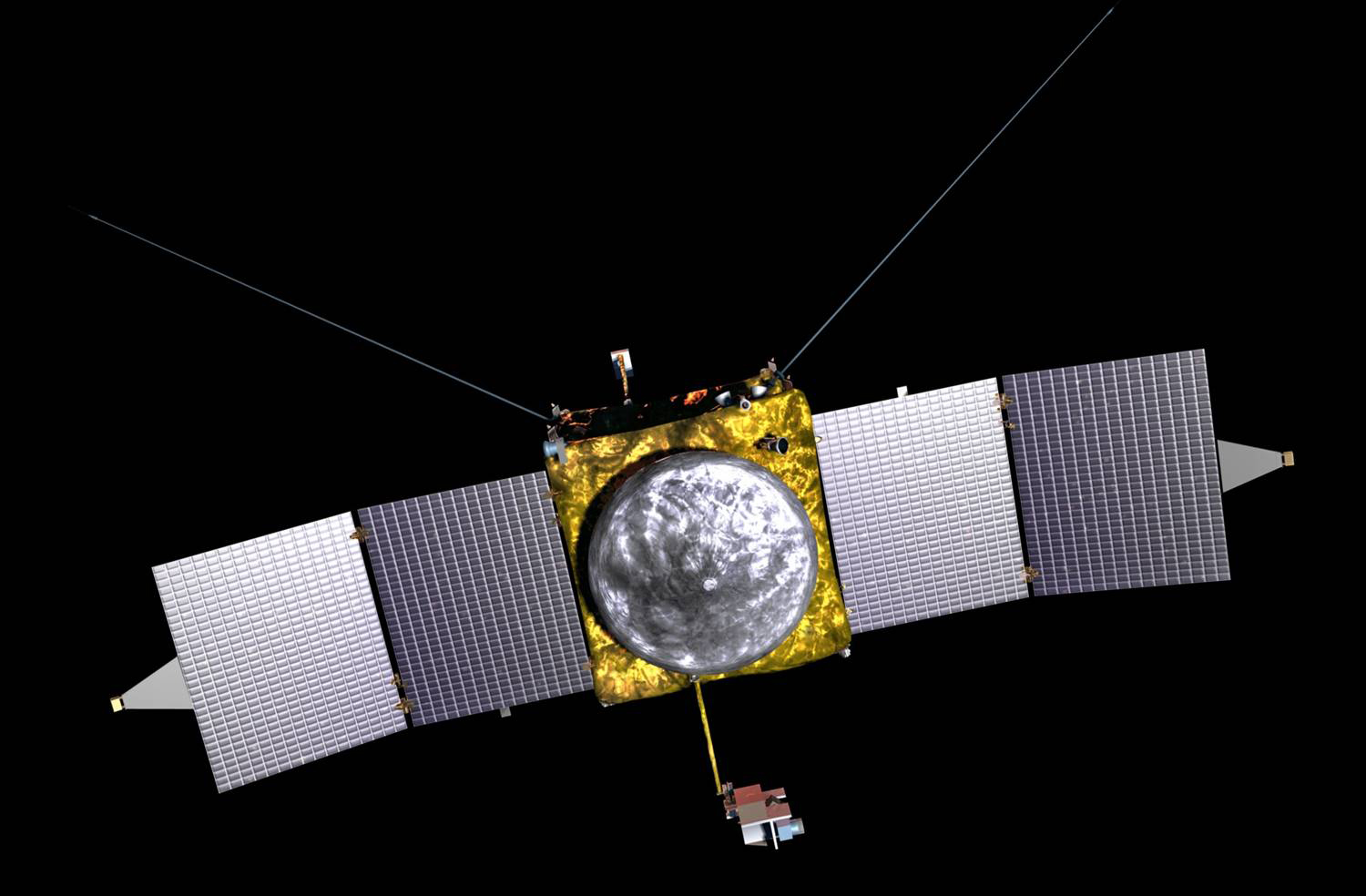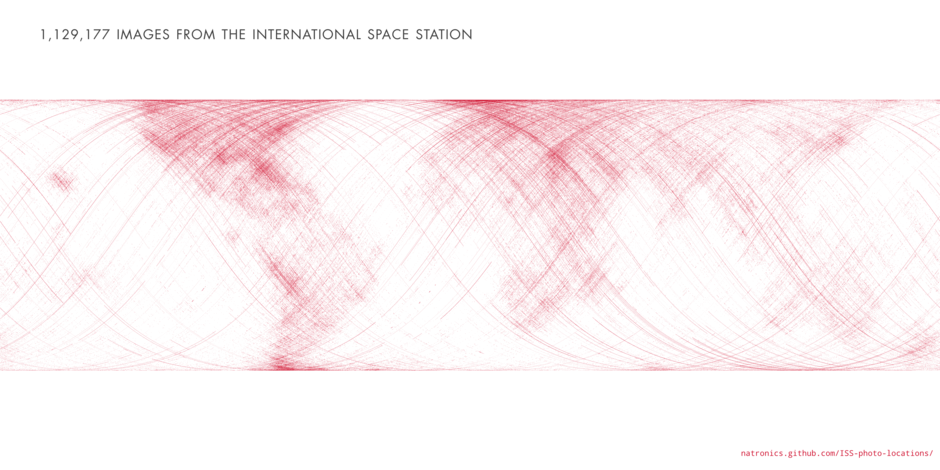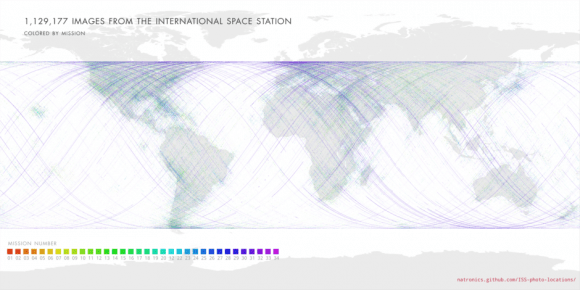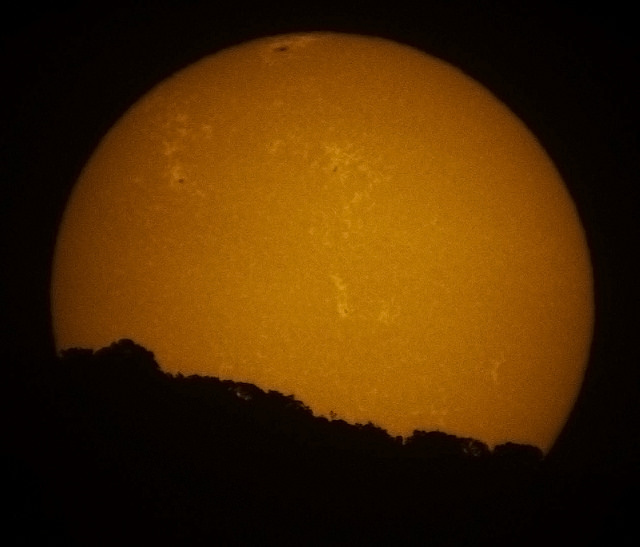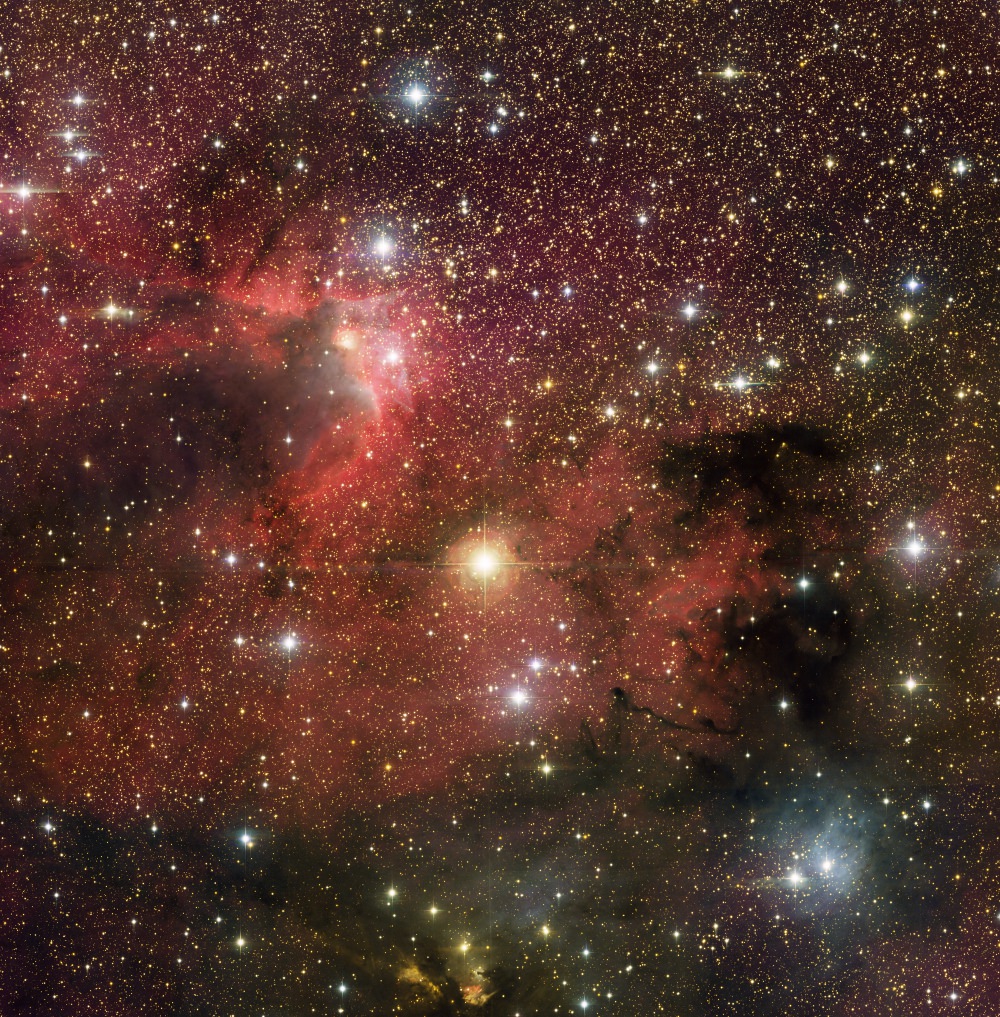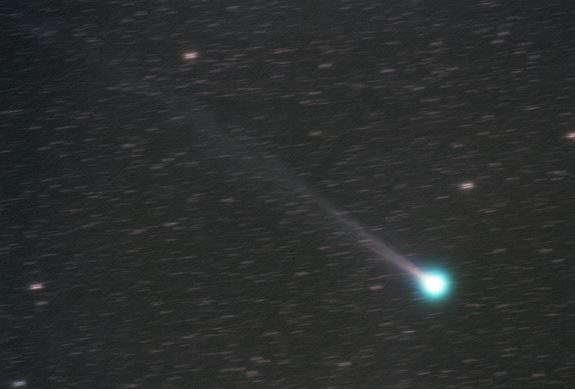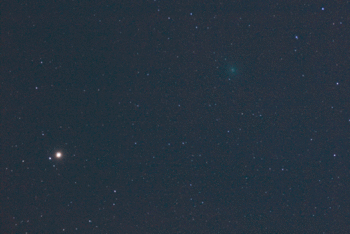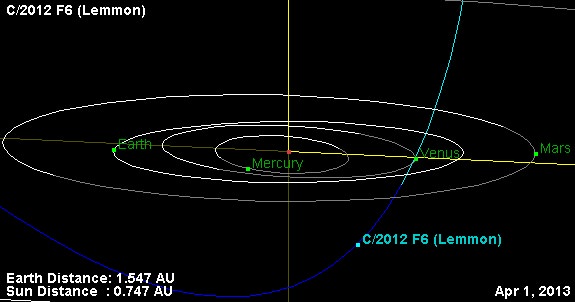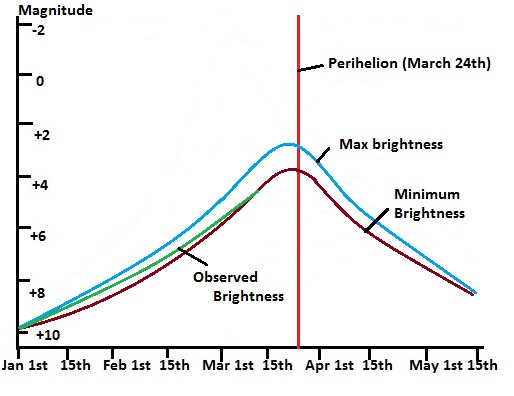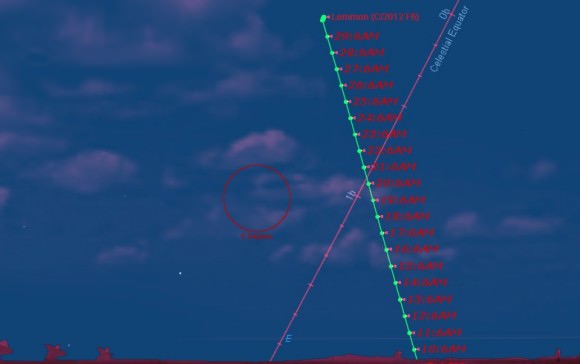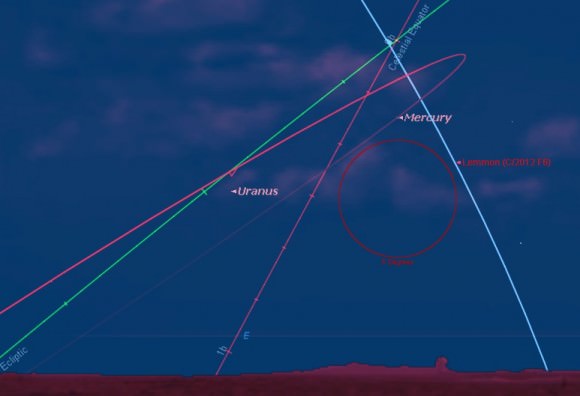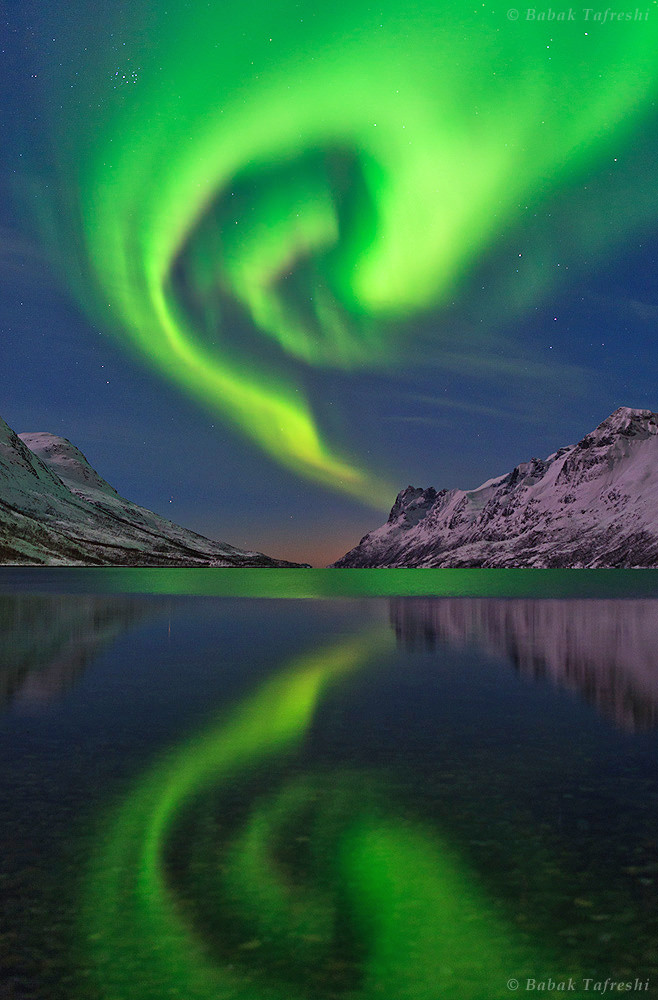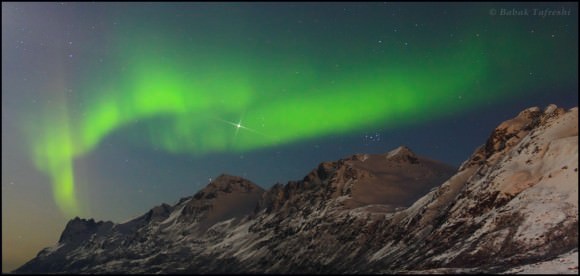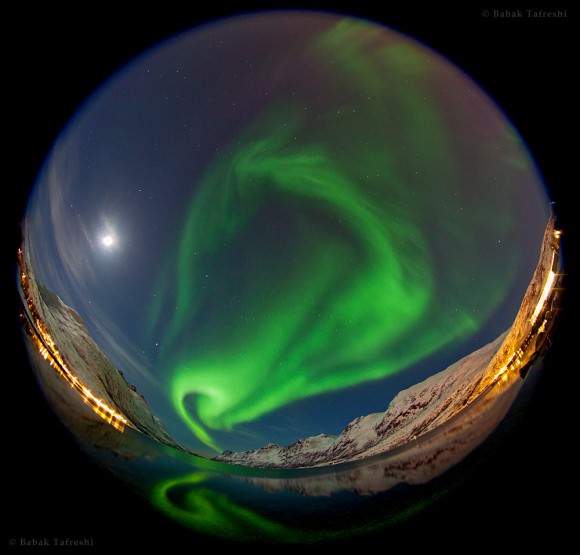Here’s one bit of NASA outreach that won’t be affected by suspensions or sequesters: an edited version of “We Are The Explorers,” a video highlighting the past successes and future goals of the space administration — created by NASA and featuring an inspiring narration by Peter “Optimus Prime” Cullen — will be screened in several major U.S. cities during the premiere of Star Trek Into Darkness thanks to an overwhelmingly successful crowdfunding effort on Indiegogo.com.
Now that the initial goal of $33,000 has been met and the 30-second ad spot can be purchased, the team responsible for the campaign (Aerospace Industries Association of America) will use any funds donated during the next 29 days to reach its next target: getting the ad in at least one theater in every state in America for two weeks. In order for that to happen, a grand total of $94,000 will need to be reached.
Want to help make it so? Find out more about how you can contribute:
According to the Indiegogo campaign page, “If we raise our funding total to $94,000, students, young people, and the general public will see this video from coast to coast. This new goal will expand our reach from 59 movie theater screens to 750 screens!”
That means a lot more chances that the spot will run at the theater where you go to see the new Star Trek film when it comes out on May 17. (Because you know you’re going to go see it, let’s be honest. It’s Star Trek.)
And because it’s Indiegogo you’ll get a “perk” depending on the amount you contribute, ranging from digital copies of the final spot to DVD copies of the excellent HBO series “From Earth to the Moon” (while supplies last.) Because the initial goal has been met, some perks are already sold out… but then, contributing to something as important as space exploration isn’t about the stuff you get, it’s about the message you can give.
“This is more than a fundraiser, it’s a demonstration of support for space exploration programs. By donating to this campaign, you’re making a very powerful statement about the widespread enthusiam that exists for space programs. A crowdfunding campaign is the best vehicle to deliver this message. By reaching our goal, we not only enable a first-of-its-kind ad campaign, we also demonstrate that countless people support a strong space program that’s in development.”
You can contribute here, and be sure to spread the word too. That way, when you’re looking at the video on the big screen, when you see them putting Al Shepard’s gloves on, when you see the fiery exhaust of the Saturn rocket and you hear Cullen’s voice rumble “we are the explorers,” you can know that you helped make it happen — and that somewhere in that same theater a young mind may very well be inspired to continue the exploration.
Maybe that mind might even be be your own.
“Our next destination awaits. We don’t know what new discoveries lie ahead, but this is the very reason we must go.“
This crowdfunding campaign is the work of the Aerospace Industries Association (AIA) of America. This campaign is not endorsed by NASA nor is it conducted at their direction or request. Note: by donating you acknowledge that donations are not tax deductible.


